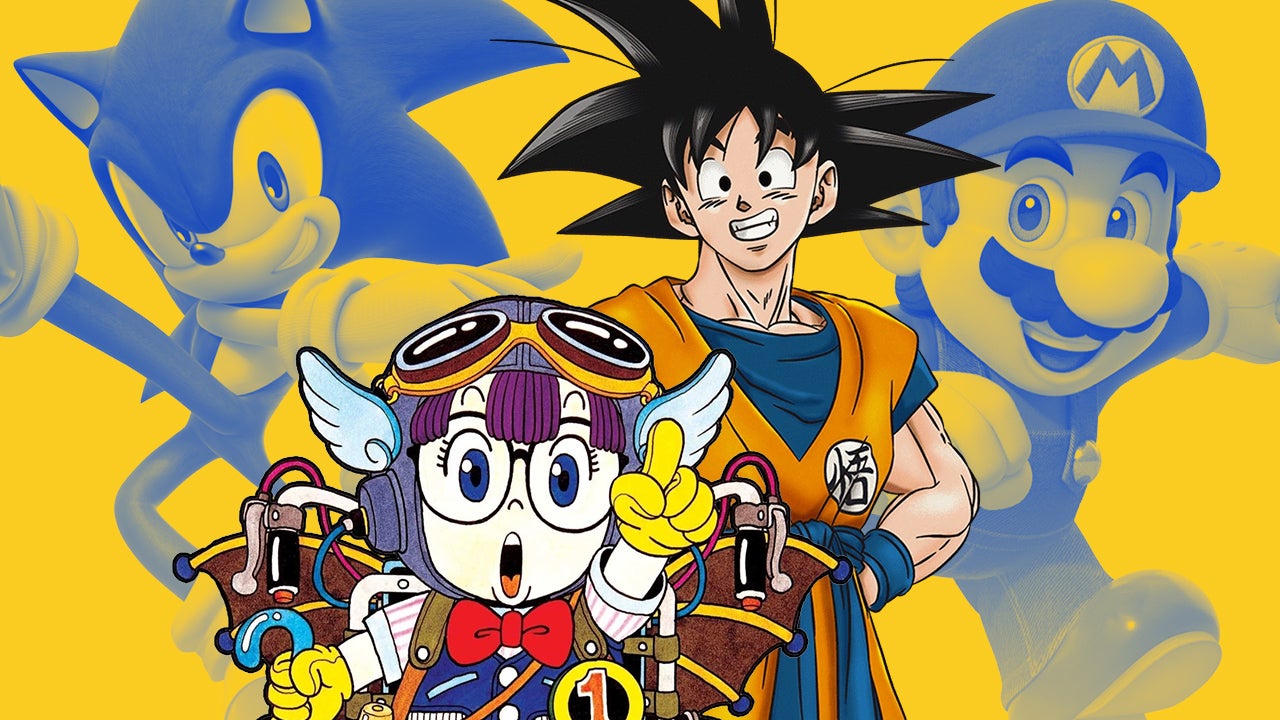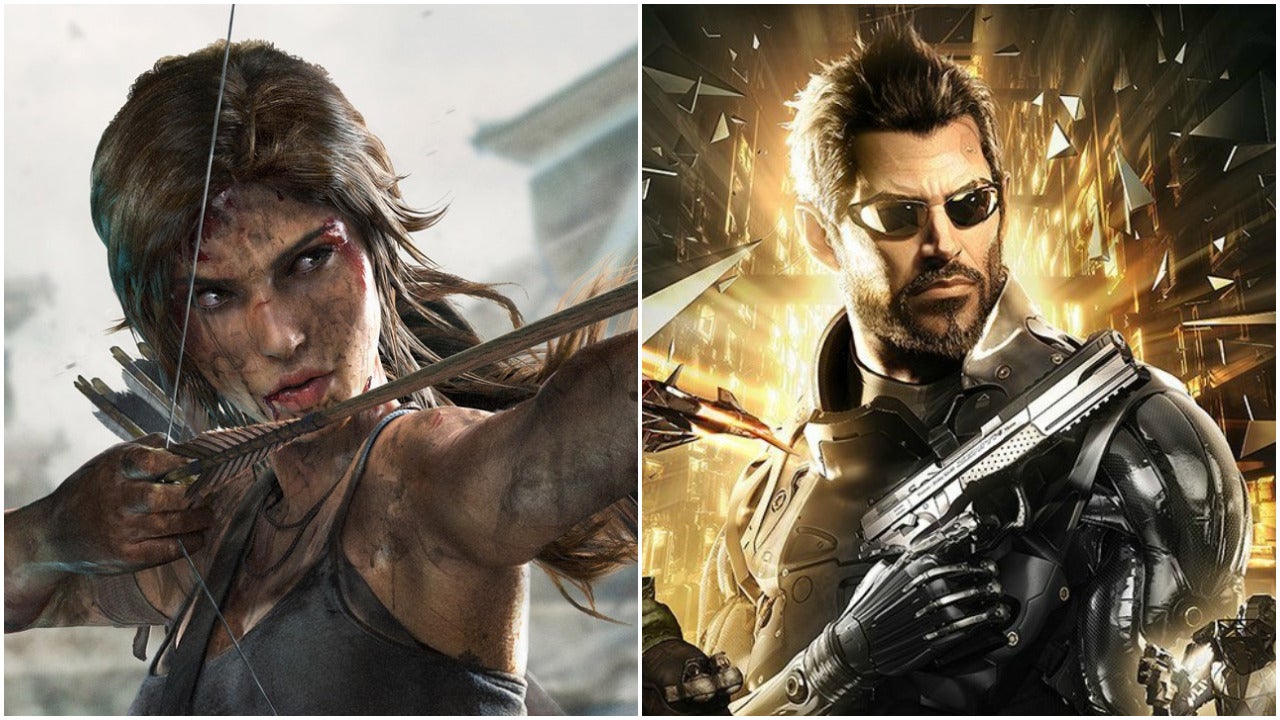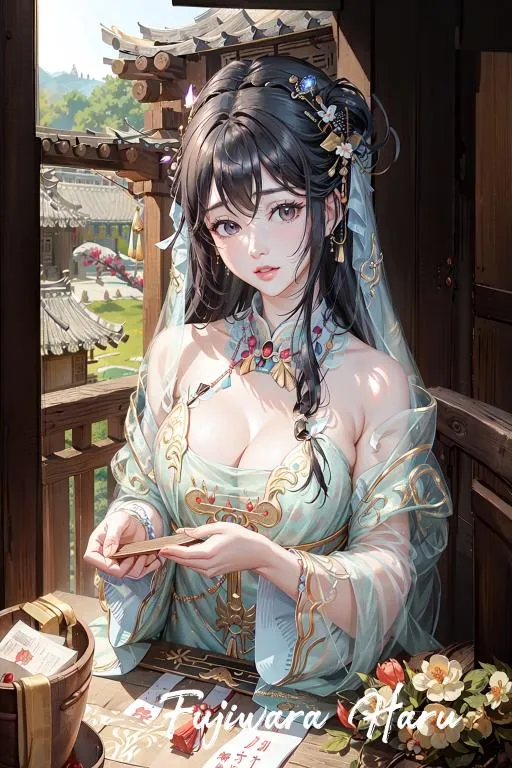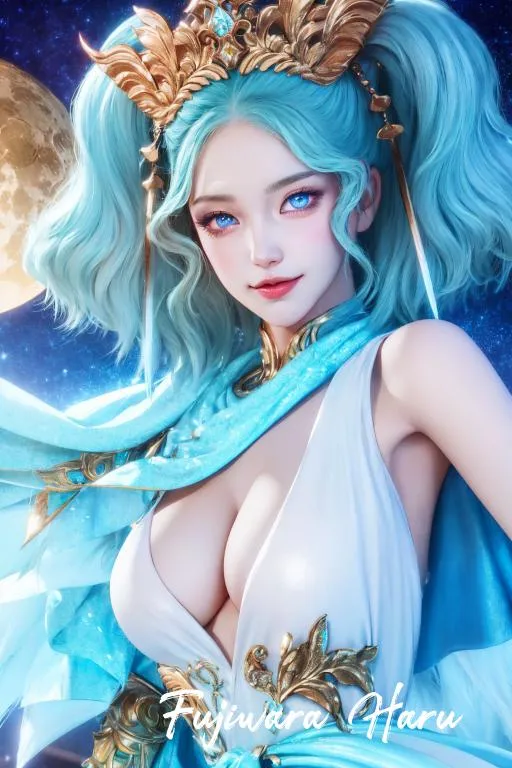For Anime Week, we look back on the undeninable influence of Dragon Ball creator, Akira Toriyama, and his direct influence on video games.
On March 8, 2024, the entire world seemingly stood still following the announcement of Dragon Ball creator Akira Toriyama’s passing. One thing Toriyama’s passing solidified is his undeniable influence on pop culture as a whole.
In the years since he first published his smash hit gag manga Dr. Slump, Toriyama’s illustrious body of work has permeated into the world of professional wrestling, American cartoons, and Hollywood blockbuster films. In the wake of the legendary manga author’s death, creators from around the world, like the world-renowned creators of Bleach, Naruto, and One Piece and up-and-coming mangaka alike mourned his passing and celebrated his pivotal influence on their works.
While the Father of Shonen’s influence on anime and manga is a given, what’s not often talked about is Toriyama’s influence in the realm of video games. Yes, there are his famous character designs for formative video games like Dragon Quest, Chrono Trigger, and Blue Dragon, but beyond this, Toriyama’s resume also served as inspiration for some of the video games' biggest series.
Rock the Dragon
Dragon Ball Z and Dr. Slump are linchpins to a multitude of homages that, over time, have taken a life all their own. Although Dr. Slump exists under the radar as a string of deep-cut references for anime oldheads, Dragon Ball Z references are as recognizable as a crucifix in the wild. These Dragon Ball Z references range from Street Fighter duo Ken and Ryu’s Kamehameha-esque fireball attack, the hadoken, Final Fantasy 9 protagonist Zidane’s Dragon Ball-era monkey boy Goku design and secret origin, to Mega Man X6’s villain High Max’s whole Cell-inspired … everything. That last homage would come full circle with the Dragon Ball Super Superhero, which saw Cell be reborn as Cell Max.

The most common way Dragon Ball Z,’s influence has had its influence permeated into video games is through a series of cheeky references and bold-faced homages to Toriyama’s magnum opus. By far the most popular DBZ reference in gaming is the infamous Vegeta quote about Goku’s power level being “over 9,000.” While power level debates would fall by the wayside as the series progressed, this famous quote would find a new home in a myriad of video games as achievement-flavor text. Games like World of Warcraft, Ratchet & Clank: Size Matters, Devil May Cry 2, and even Red Dead Redemption reference the iconic Dragon Ball Z phrase.
Aside from a series of off-hand references that are still being perpetuated today with contemporary video games like Final Fantasy 16 and Overwatch 2, there are even more prominent Dragon Ball Z influences in video games that even its most ardent fans wouldn’t think to notice. Chief among the deep-cut influences on video games not often acknowledged as being influenced by Dragon Ball Z’s creator are Sonic the Hedgehog and Nintendo’s red-overall-wearing frontman, Mario.
La obra de Akira Toriyama también influyó en Super Mario.
— Nintendatos (@nintendatos) March 8, 2024
El disfraz de tanuki de Mario y su peculiar manera de correr con los brazos estirados toma inspiración en Arale de Dr. Slump. pic.twitter.com/yHBaNrGykz
While Mario and Goku have nothing in common with one another, Mario’s tanooki suit form owes a lot to Toriyama’s smash hit, Arale from Dr. Slump. In Super Mario Bros. 3, Tanooki Suit Mario’s cute little walk animation shares stark similarities to Arale’s Tanuki-clad stride from Dr. Slump’s anime opening. In a recently resurfaced interview (translated by Shmuplations) Mario creator Shigeru Miyamoto confirmed the two character’s similarities, saying Arale’s titular stride played a part in helping the team nail Mario’s furry movements.
"The area around his hips is a big joint that controls which way his body moves. We created all his movements from that point of origins: when he accelerates and inclines forward, when he turns and leans left or right, etc,” Miyamoto said. “So Mario sort of runs like Arale-chan with the correct sense of weight in the body.”
Tanooki Suit, which would go on to appear in a slew of Mario games, also made a final act appearance in the Super Mario Bros. Movie, helping the New York plumber save Luigi and the Mushroom Kingdom from certain doom. Thank you, Arale-chan, indeed.
This wouldn’t be the only time Toriyama’s creations inspired a gaming giant. In fact, Dr. Slump’s anime opening, which shows Arale pop out between a red ribbon and a starred circle, inspired Sonic the Hedgehog’s iconic title screen. This parallel goes beyond coincidence when you take into consideration that the eighth chapter of The Brief Return of Dr. Slump — the 1994 sequel series supervised by Toriyama — sees a grown-up Arale outrunning Sonic the Hedgehog himself.

Like much of the blue blur’s lore, canon or otherwise, Toriyama’s influence on Sonic is more than skin-deep. While Sonic fans have long posited the blue blur’s chaos emeralds as a tongue-in-cheek reference to Dragon Ball Z’s signature wish-granting orbs, Sonic The Hedgehog 2 designer Yasushi Yamaguchi came forward denying the parallel, saying the chaos emeralds weren’t a Dragon Ball influence but rather a mechanical means of upping the stakes in the sequel game by having players collect seven chaos emerald instead of six. That isn’t to say DBZ’s influence on Sonic stopped at its title screen.
Far from it. If anything, Sonic owes much of its cool factor to, you guessed it, Dragon Ball Z. In a separate thread, Yamaguchi revealed Gohan and Piccolo’s doting mentor-student relationship served as the basis for Sonic and Tail’s friendship.
“The relationship between these two characters in Sonic 2 was based on the image of Piccolo and Gohan,” Yamaguchi wrote in an X/Twitter post following Toriyama’s passing. “Therefore, without the work [of] Dragon Ball, the relationship between these two people that exists to this day would not have existed. Thank you so much, Toriyama-sensei.”
以前のツイッターのポストでも連載コラムでも書きましたが、ソニック2でこの二人の関係性はピッコロと悟飯のイメージでキャラ作りしていたのですよ。
— 斗々屋 (@judy_totoya) March 8, 2024
なのでドラゴンボールという作品がなければ今に至るこの二人の関係性も存在していなかったことになります。
鳥山先生本当にありがとうございました。 pic.twitter.com/tKC8yg2hdm
The Dragon Ball Z/Sonic rabbit hole goes deeper still. Aside from supersonic being a clear homage to Dragon Ball Z’s Super Saiyan form, one of Sonic’s time-traveling characters, Silver the Hedgehog, was directly inspired by Dragon Ball Z’s Future Trunks. Like Future Trunks, Silver—who made his first appearance in Sonic the Hedgehog (2006) — travels back in time from a post-apocalyptic world to help Sonic and his friends save their timeline from ruin. A former Sega writer revealed, in no uncertain terms, that he based Silver on Future Trunks during Sonic's 27th Anniversary Charity Stream on YouTube.
Just to further expound upon the fact that Dragon Ball Z’s DNA can be found in nearly every nook and cranny of the Sonic the Hedgehog franchise, the long-time Japanese voice actor for Trunks also voiced Sonic in the 1993 Sega Sonic the Hedgehog video game.
Toriyama’s influence on gaming is as apparent as it is emblematic of the manga pioneer’s awe-inspiring death grip on generations of creators from all walks of life and mediums. All that’s left for the beloved mangaka to accomplish in his already illustrious wrap sheet is to have his prediction that PlayStation 6’s release would coincide with the release of Dragon Quest 13. A prediction, mind you, that came from a throwaway gag in Sand Land’s first chapter from way back in 2000. It would only be fitting that Toriyama’s early aughts gamer prediction come true seeing as how Dragon Quest 13 will serve as his last contribution to the long-running RPG series.
Isaiah Colbert is a freelance writer for IGN.





